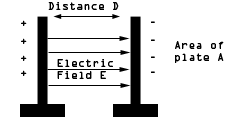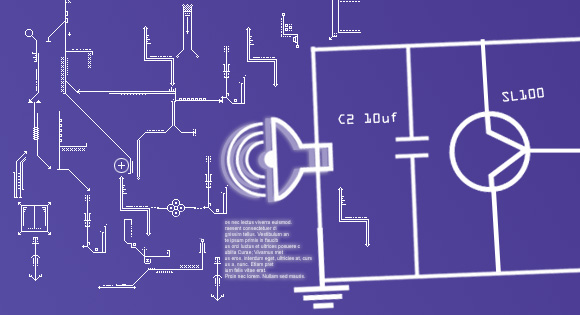Capacitor
Capacitor is the most abundant component used after resistor. Capacitor basically consists of two parallel plates separated by an insulating material called dielectric.
Dielectric is insulators but they react to external electrical field, but insulator does not.
.jpg)
Capacitors find its use in circuits for variety of purposes. They are used in RC circuits, in power supply decoupling, as blocking capacitors m for power factor correction and motor starting, in LC tank circuit.
Definition
In physics capacitance can be defined as an arrangement for storing large amount of electric charge i.e. electron energy in a small place, or capacitance of a conductor is the ration of the charge given to the conductor to the rise in its potential.
Electrical capacitance is numerically equal to the ration of charge to the potential developed.

Unit of capacitance is Farad.
Capacitance of a conductor is called one Farad , if a charge if one coulomb raises its potential to one volt.
Parallel plate capacitor
This is the most commonly used capacitor, it consist of two thin plates held parallel to each other, at a suitable distance d apart.

Let `~D` be the charge density on the metal plates.
Total charge on plate

Electric field due to chargetd plate with charge density ~D

The potential difference between the plates

Capacitance is

Replacing with appropriate terms

Capacitance is

Facts about Capacitor
- Reactance offered by a capacitor to AC of radian frequency ω is 1/ωc.
- An ideal capacitor does not dissipate any power. Energy stored in a capacitor(C) charged to a voltage(V) is given by ½CV2
- Voltage across a capacitor cannot change instantaneously
- In an ideal capacitor current leads the voltage by an angle 90 degree. In a practical capacitor, this phase angle is less 90 degree. The power factor and dissipation factor of a capacitor of a capacitor are respectively given by (Cosθ) and (TanΦ) where Φ=90 – θ=Loss angle
- The Equivalent series Resistance (EST) of a capacitor is the sum of all internal series resistances concentrated or lumped at one point and treated as a single resistor.



